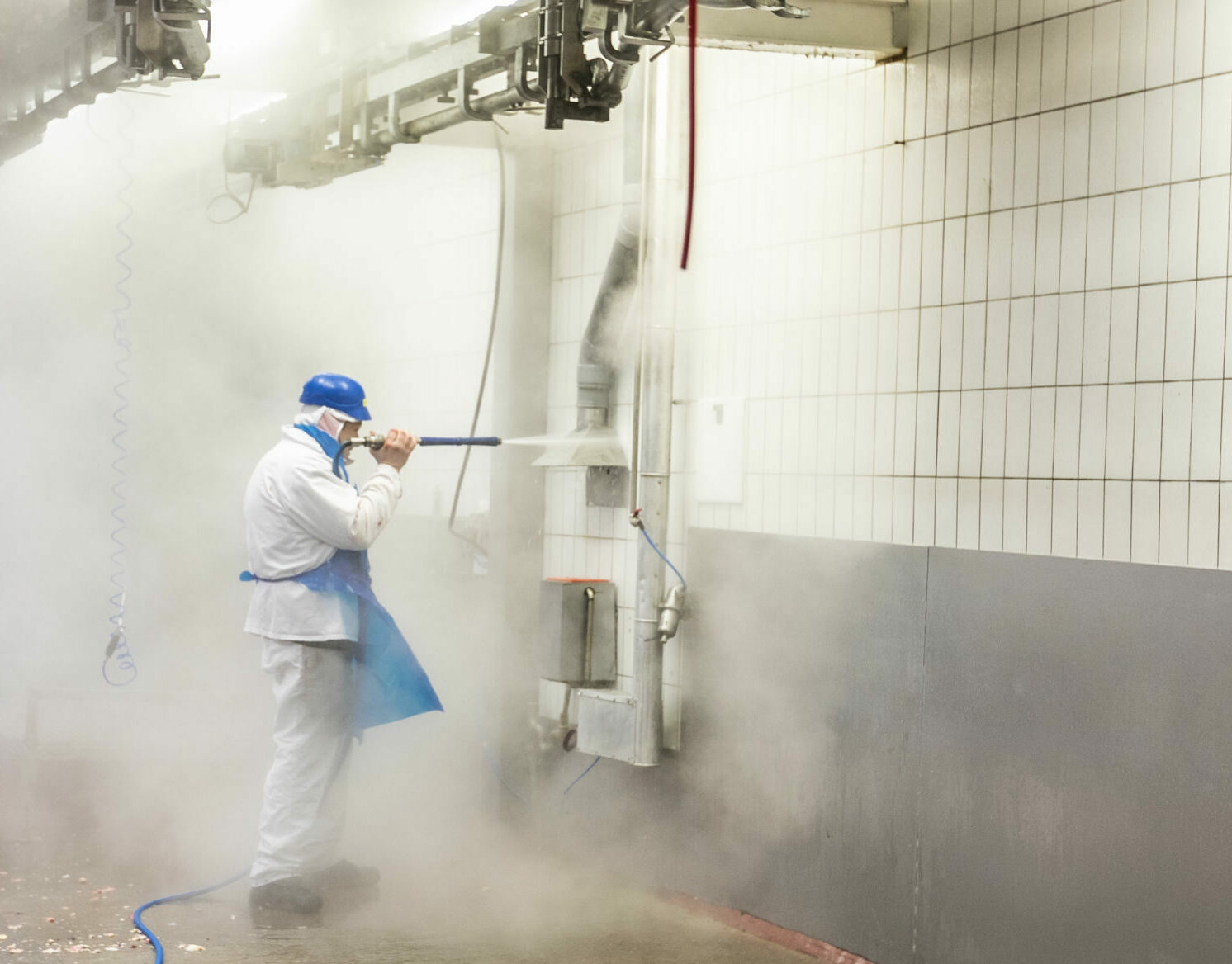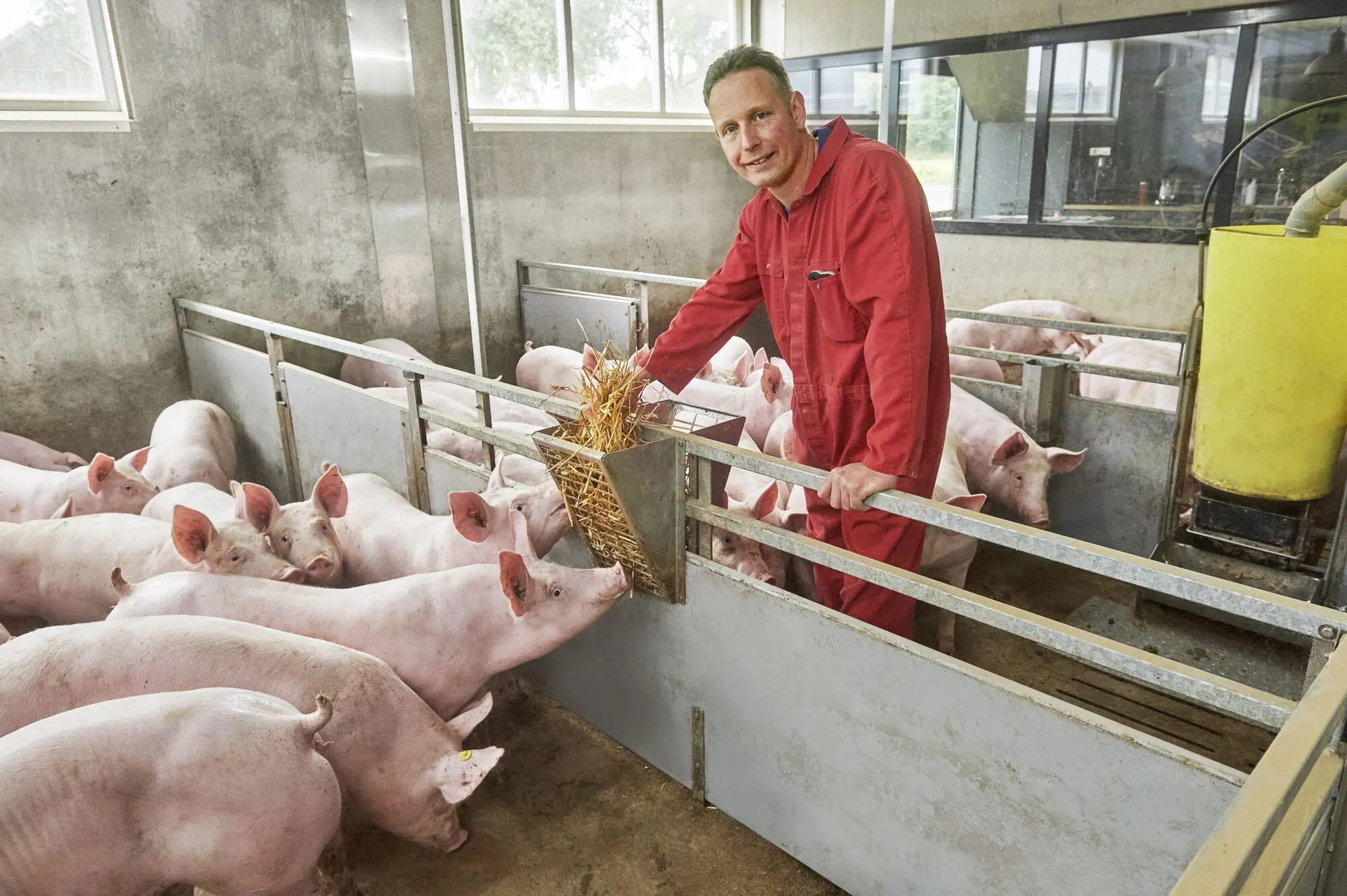Climate
Food production contributes to greenhouse gas emissions, primarily methane, nitrous oxide, and carbon dioxide. Our contribution to global warming is estimated at less than 5% of supply chain emissions, mainly due to animal feed production and farm methane emissions. At the same time, soil and vegetation on farms help to remove carbon from the atmosphere; this in turn has a positive impact on the climate. We make our carbon footprint transparent to provide our supply chain partners with insights into current emission levels and to show how these compare to other food products. This will stimulate the whole supply chain to make more sustainable choices to reduce the CO2 footprint. In this way, we work towards the sustainable management and efficient use of natural resources.

We are committed to bringing to market food products that have a lower carbon footprint than those available today, and to provide information to customers and consumers on the footprints of the products they buy. During the past five years, Vion has carried out several studies to define the actual carbon footprint of the products we produce and market. This was done as part of our research activities with several stakeholders and based on international guidelines and scientific information.
Our carbon footprint ambitions are based on what we have learned over recent years about our own performance. Those ambitions are further aimed at reducing our emissions to a level that limits global warming to <1.5°C. These ambitions are in line with governmental rules such as the Paris agreement and the European Green Deal. Vion committed to the Science Based Targets initiative (SBTi), an independent organisation for setting science-based targets for our carbon footprint (scopes 1, 2 and 3) to ensure that our reduction ambitions are in line to limit global warmings of 1,5 degrees Celcius.
Our CO2e targets between 2021 and 2030 are at least 42% absolute reduction for scopes 1, 2, and 3 non-FLAG (forest, land and agriculture) emissions and 30.3% for scope 3 FLAG emissions.
Approximately 40% of the electricity we use is used to cool meat and so ensure the quality and safety of our products. We evaluate our energy contracts with the aim of reducing costs and securing a continuous supply. At the moment, we are increasing the share of renewable energy in our standard contracts. In parallel, we are reviewing our overall energy purchase strategy to achieve our 100% green electricity target by 2030 (scope 2). One alternative is setting up long-term Power Purchase Agreement (PPAs) with renewable sources, not only to use green electricity, but also to foster the development of such projects.
The carbon footprint of pig farming is mainly composed of the production of feed and on-farm manure storage and processing. Our initial calculations show a substantial variation between farms. If we succeed in eliminating half the variation between farms, we could reduce the carbon footprint by at least 10%.
The regional pig diet is largely composed of by-products from the food industry. The lower footprint of these products makes them relevant to the control of the carbon footprint of pig production. All pig and cattle farmers can access these carbon-emission-friendly sources of feed ingredients. Science and technology can also help farms to increase the nutritional value of feed and thereby reduce the carbon footprint of pork.
Several projects are currently running to reduce the carbon and methane emissions of manure collection, storage and processing. Doing this will reduce emissions substantially from 2025, which is when the results will become available.
The potential pace of carbon footprint reduction is slightly faster in pig farming than in cattle farming. Among other reasons, this is the result of the complex, counteracting mechanisms in the rumen system of cattle, with its substantial production of methane. Methane emissions from rumination and manure can cause substantial greenhouse gas emissions. However, Vion mainly slaughters dairy cattle and the offspring of dairy cattle, which are essentially by-products of dairy production, making the CO2 footprint substantially lower than that of beef from pure meat breeds.
We are developing programmes to reduce methane and manure emissions significantlyand so achieve sustainable production. We expect that, from 2025, this can fuel a faster rate of carbon footprint reduction at cattle farms. We also expect that cattle farmers will have opportunities to increase and measure carbon sequestration in the near future.
Regarding the purchase of animal products from slaughterhouses elsewhere, we will further increase the pressure on our suppliers to gradually reduce the carbon footprint of their products in the coming years. The suppliers of food constituents need a few more years to do this than, for example, the suppliers of packaging materials and other products. Also, our meat suppliers must await the adaptation process at farm and feed level. We therefore differentiate the pace of carbon reduction according to the possibilities available in the different supply chains.









